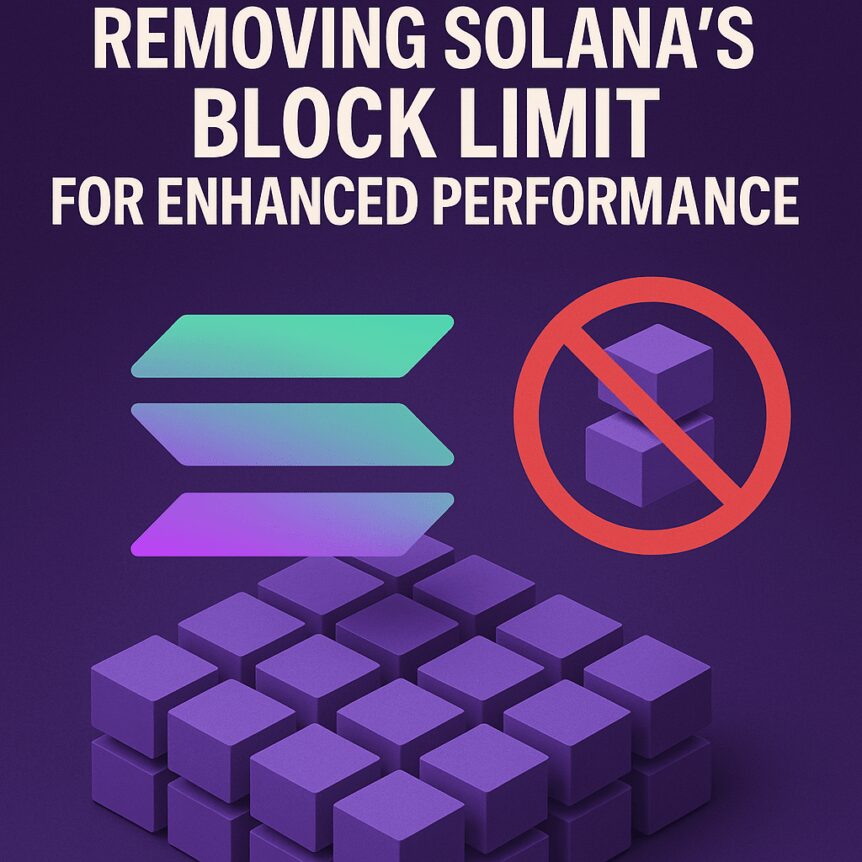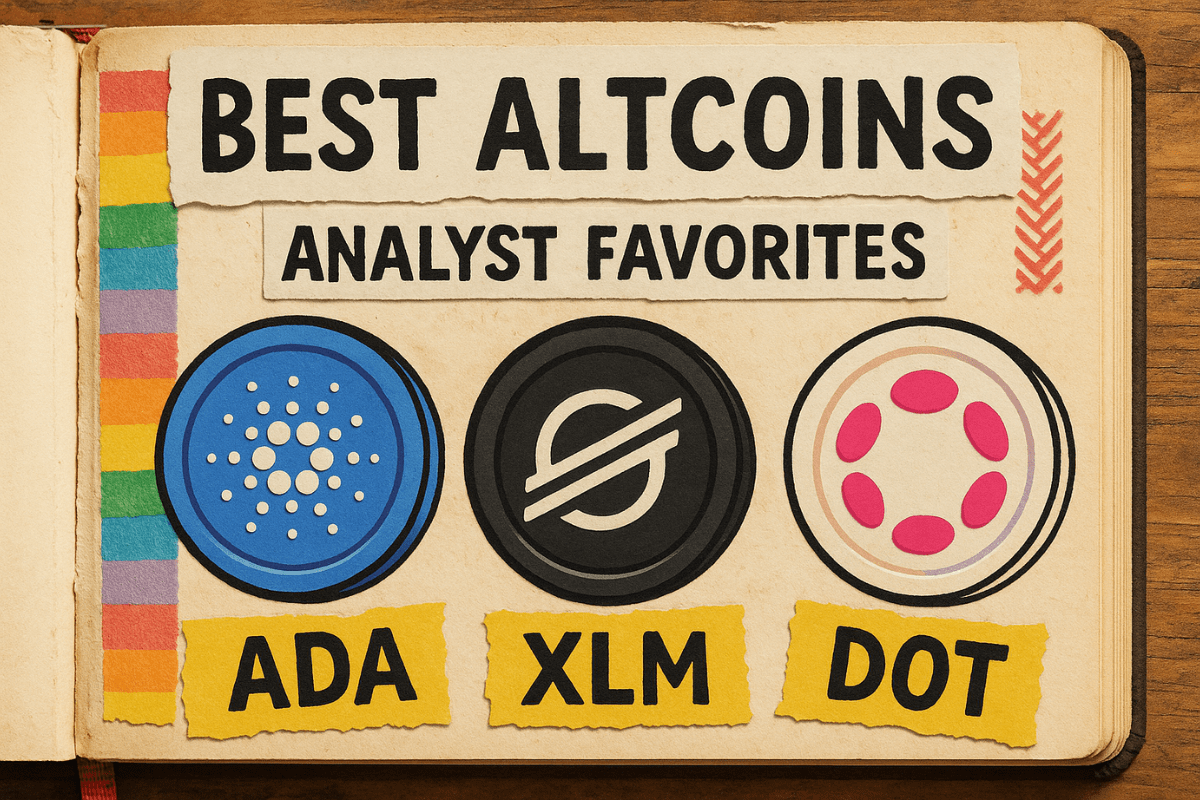In a strategic move to boost Solana’s blockchain performance and encourage greater network decentralization, Web3 infrastructure firm Jump Crypto has proposed eliminating the network’s fixed compute block limit. This initiative is designed to motivate validators using less powerful hardware to upgrade, ultimately enhancing scalability and efficiency on one of the industry’s leading Proof-of-Stake (PoS) networks.
### Jump Crypto Proposes Removal of Solana’s Fixed Compute Block Limit
Jump Crypto, the developer behind the high-performance Firedancer validator client, introduced proposal SIMD-0370 to remove Solana’s current compute block cap. This change aims to increase network throughput and incentivize validator upgrades by allowing dynamic block sizing based on hardware capacity.
Set for implementation following the upcoming Alpenglow upgrade—which recently received near-unanimous community approval and is slated for testnet deployment this December—the proposal is expected to create a positive performance feedback loop. As validators improve their hardware, they can process more complex blocks, increasing transaction capacity and overall network efficiency.
### Creating a Performance Flywheel
Jump Crypto explains the mechanism behind the proposal as a performance flywheel: block producers who pack more transactions earn higher fees. Validators that skip blocks lose rewards, encouraging them to upgrade hardware and optimize their code. Enhanced performance across the network then empowers producers to safely push these limits even further, fostering a faster, more scalable blockchain ecosystem.
### Alignment with Broader Network Enhancements
The SIMD-0370 initiative aligns with broader efforts to strengthen Solana’s resilience and diversify its validator ecosystem. The Firedancer client’s successful mainnet launch earlier this year showcased Jump Crypto’s commitment to improving network speed and stability.
Solana remains a popular blockchain for retail applications due to its rapid, low-cost transactions and a vibrant ecosystem of decentralized applications. Notably, at times its decentralized exchange trading volume has even surpassed that of Ethereum, highlighting its rising prominence. However, increased network activity has occasionally exposed vulnerabilities, leading to outages.
Upgrades like SIMD-0370 aim to mitigate these issues by enhancing overall stability as Solana scales.
### From Fixed to Dynamic Block Sizing
Currently, Solana’s compute units (CU) per block are capped at 60 million. Removing this cap would allow block sizes to expand dynamically with transaction volume, reducing bottlenecks during periods of peak activity.
This concept followed earlier discussions, including a May proposal by Jito Labs CEO Lucas Bruder to raise the block limit to 100 million CU under the SIMD-0286 plan, which sparked significant interest within the community.
### Addressing Centralization Concerns
While the proposal encourages hardware upgrades among validators, some experts warn of potential centralization risks. Akhilesh Singhania expressed concerns that bigger validators investing in high-end, expensive hardware could edge out smaller operators, potentially resulting in a network dominated by fewer, more powerful validators.
> “Another type of centralization that we might see is that if the bigger validators keep upgrading to more expensive hardware, the smaller ones who cannot afford to upgrade would be forced to drop out. So as a result, we might end up with fewer big validators,” Singhania noted.
Balancing performance improvements with decentralization remains a critical challenge for the Solana ecosystem.
### Alpenglow: Solana’s Most Ambitious Upgrade Yet
The proposed SIMD-0370 upgrade will follow the much-anticipated Alpenglow update, introduced by protocol developer Anza. This comprehensive overhaul targets Solana’s proof-of-stake consensus mechanism, aiming to reduce transaction finality times dramatically—from approximately 12.8 seconds down to as little as 150 milliseconds.
Alpenglow also promises to enhance network resilience and security, positioning Solana to compete with traditional internet infrastructure providers and solidify its place as a leader in blockchain scalability.
Anza describes Alpenglow as the “biggest change to Solana’s core protocol,” with transformative potential to reshape the network’s future.
### Looking Ahead
With major enhancements aimed at bolstering robustness during high-activity periods, these upgrades are designed to increase user confidence and foster wider adoption of the Solana network.
As the ecosystem prepares for the Alpenglow rollout and subsequent implementation of proposal SIMD-0370, the community watches closely to see how these changes will influence Solana’s performance, decentralization, and overall position in the competitive blockchain landscape.
https://www.cryptobreaking.com/devs-suggest-removing-solanas-block/



